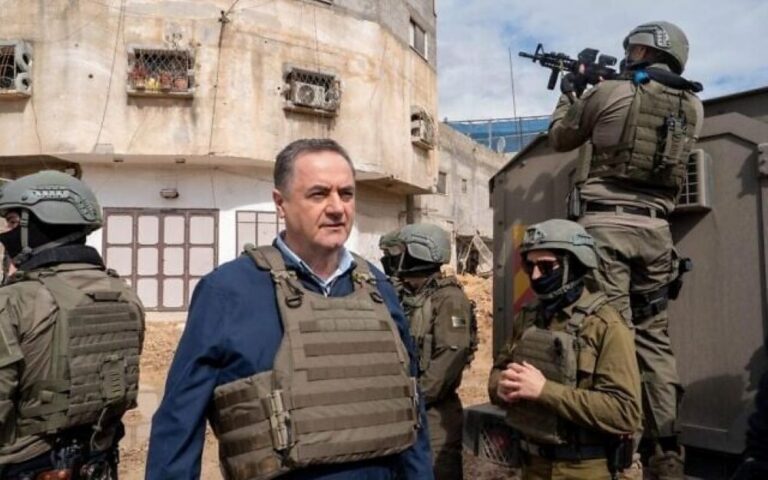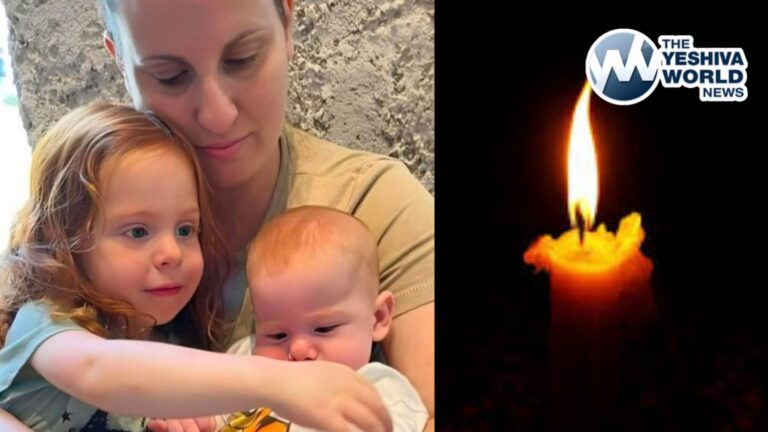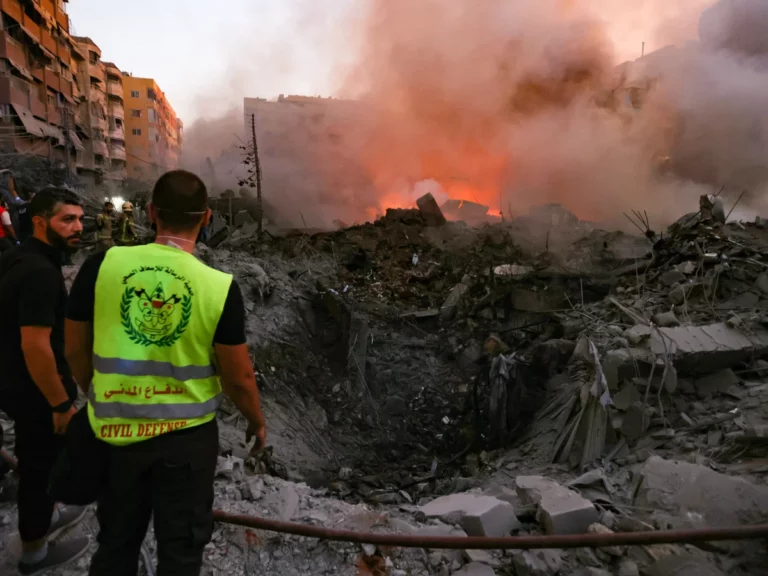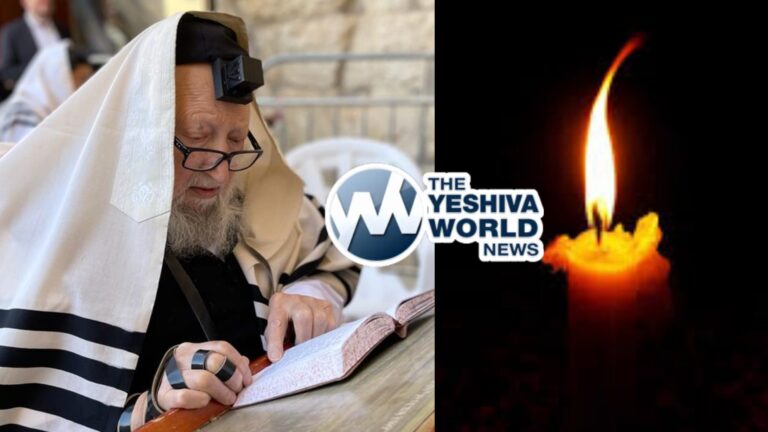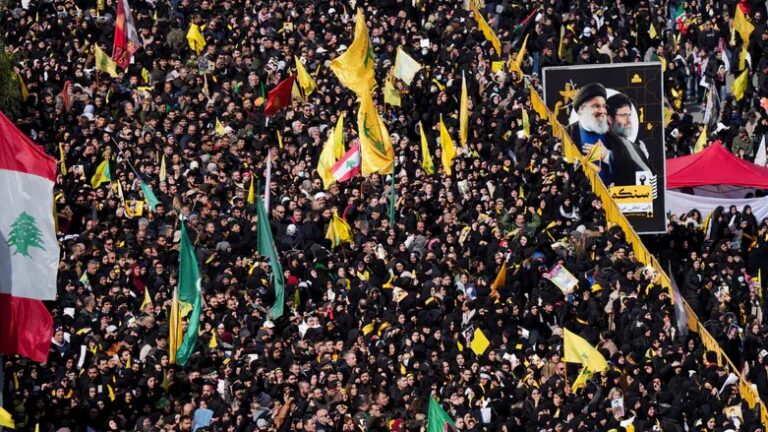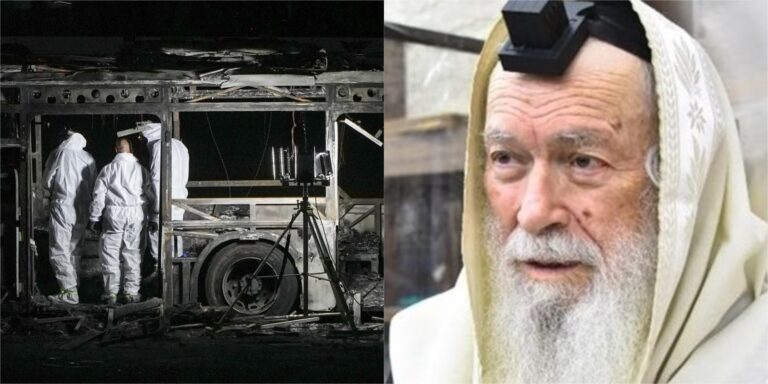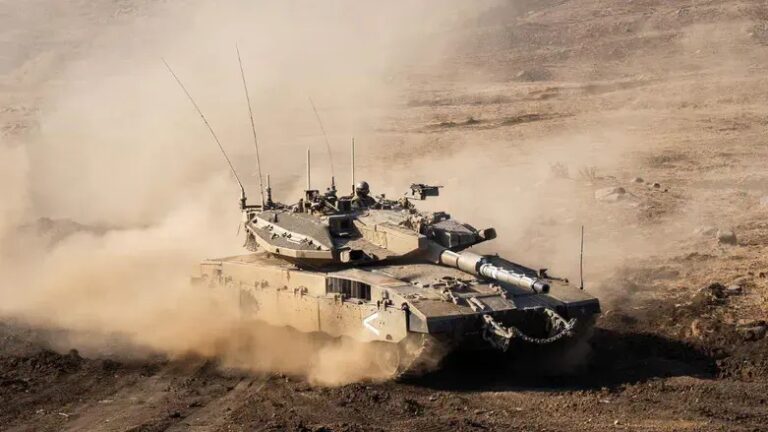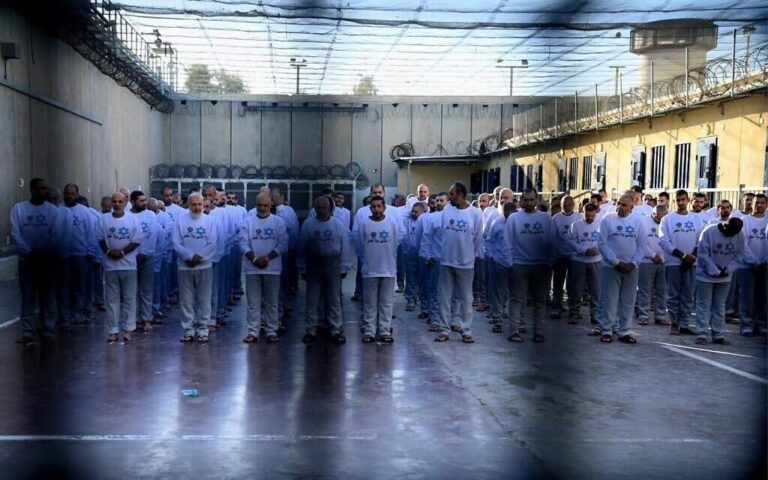
Missouri Gov. Jay Nixon declared a state of emergency and imposed a curfew Saturday in a St. Louis suburb where police and protesters have clashed in the week since a black teenager was shot to death by a white police officer.
Nixon said that though many protesters were making themselves heard peacefully, the state would not allow looters to endanger the community where 18-year-old Michael Brown was shot in a street. The curfew will run from midnight to 5 a.m. Sunday.
“I am committed to making sure the forces of peace and justice prevail,” Nixon during at a press conference at a church that was interrupted repeatedly by people objecting to the curfew and demanding that the officer who shot Brown be charged with murder.
“We must first have and maintain peace. This is a test. The eyes of the world are watching,” Nixon said. “We cannot allow the ill will of the few to undermine the good will of the many.”
State statute gives the governor broad powers when he declares a state of emergency, but he hasn’t indicated that he plans to do anything other than imposing the curfew and empowering the state highway patrol to enforce it.
Nixon’s curfew announcement came after tensions again flared in Ferguson late Friday night. Earlier that day, local police identified the officer who shot Brown as Darren Wilson and released documents and video footage alleging that Brown had robbed a convenience store just before he was shot. Police said Wilson was unaware Brown was a suspect when he encountered him walking in the street with a friend.
Nixon said the U.S. Department of Justice is beefing up its civil rights investigation of the shooting.
Missouri State Highway Patrol Capt. Ron Johnson, who is in charge of security in Ferguson, said 40 FBI agents were going door-to-door in the neighborhood starting Saturday, talking to people who might have seen or have information about the shooting.
Johnson assured those at the news conference that police would not enforce the curfew with armored trucks and tear gas but would communicate with protesters and give them ample opportunity to leave. Nixon and Johnson were flanked by numerous local elected officials, including U.S. Rep. William Lacy Clay Jr., who urged Johnson to be flexible with the midnight curfew.
But they were interrupted repeatedly.
“Why is the focus on security and not getting justice? Why is there not an arrest?” one women yelled.
Among the many people shouting questions was Malik Shabazz, the president of Black Lawyers for Justice, who said that members of his group and the New Black Panther Party and the Nation of Islam had been helping to maintain order and deter protesters from violence.
“It seems to be a tight curfew line that could be a prescription for confrontation,” said Shabazz, who asked unsuccessfully that the curfew’s start be delayed by an hour.
Brown’s death had already ignited several days of clashes with furious protesters. Tensions eased Thursday after Nixon turned oversight of the protests over to the Missouri Highway Patrol. Gone were the police in riot gear and armored vehicles, replaced by the new patrol commander who personally walked through the streets with demonstrators. But Friday night marked a resurgence of unrest.
On Saturday, some residents said it appeared the violent acts were being committed by people who came from other suburbs or states.
“Who would burn down their own backyard?” asked Rebecca McCloud, a local who works with the Sonshine Baptist Church in St. Louis. “These people aren’t from here. They came to burn down our city and leave.”
On Friday night, Greg Thomas didn’t see the familiar faces of protesters who have taken to the streets each night this week. Instead, he saw new people, younger, more eager for a confrontation with police. The 28-year-old former Marine said he left as quickly as he could when he heard people talking about getting their handguns.
“There’s three agendas out there,” Thomas said. “People who want to party, people who want to be martyrs and get killed by police, and the people here to protest.”
Local officers faced strong criticism earlier in the week for their use of tear gas and rubber bullets against protesters. Johnson said one tear gas canister was deployed Friday night after the group of rioters became unruly and several officers got trapped and injured.
Wilson, the officer who shot Brown, is a six-year police veteran who had no previous complaints against him, the local police chief has said.
The Ferguson Police Department has refused to say anything about Wilson’s whereabouts, and Associated Press reporters were unable to contact him at any addresses or phone numbers listed under that name in the St. Louis area.
Wilson has been on paid administrative leave since the shooting. St. Louis County prosecutor Bob McCulloch said it could be weeks before the investigation wraps up.
St. Louis County Executive Charlie Dooley asked Missouri Attorney General Chris Koster on Friday to take over the case, saying he did not believe McCulloch could be objective. Koster said Missouri law does not allow it unless McCulloch opts out, and McCulloch spokesman Ed Magee said the prosecutor has no plans to surrender the case.
(AP)

